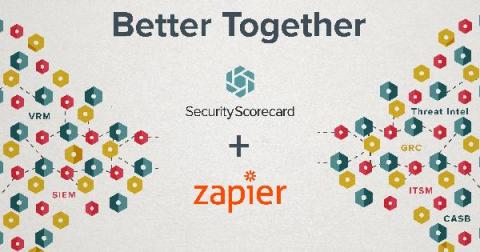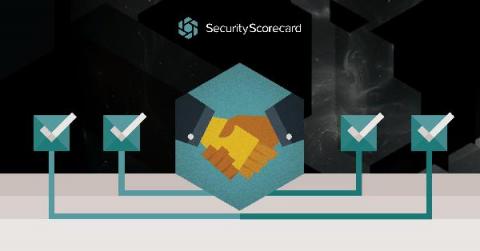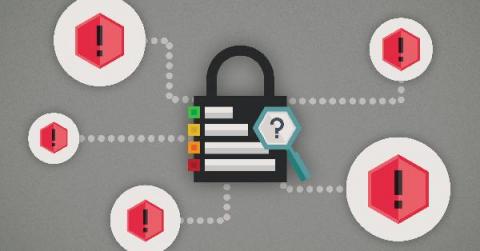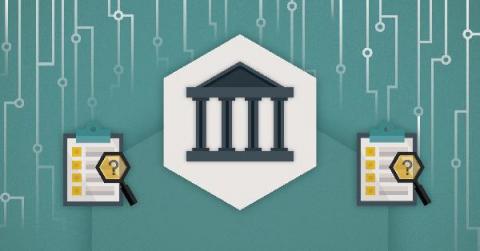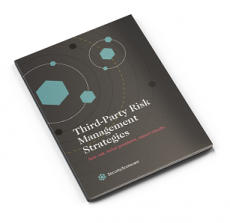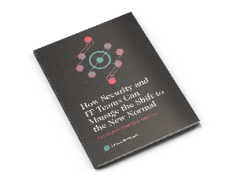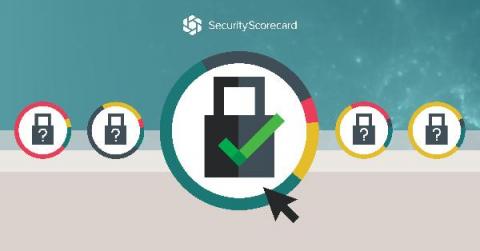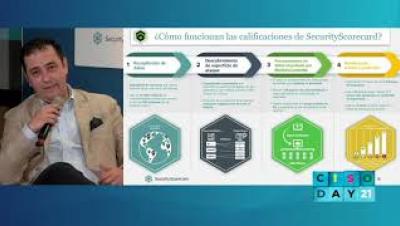Speed Up Security and VRM Workflows with Zapier and SecurityScorecard
Security ratings are one out of the myriad of tools that security, IT, and vendor risk management teams rely on. In fact, we know that companies deploy an average of 47 different cybersecurity solutions and technologies; yet only 39% of security leaders believe that they are getting full value from their security investments. That’s why we built our Zapier app, enabling you to connect SecurityScorecard to over 3,000 apps and automate key workflows based on SecurityScorecard data.


